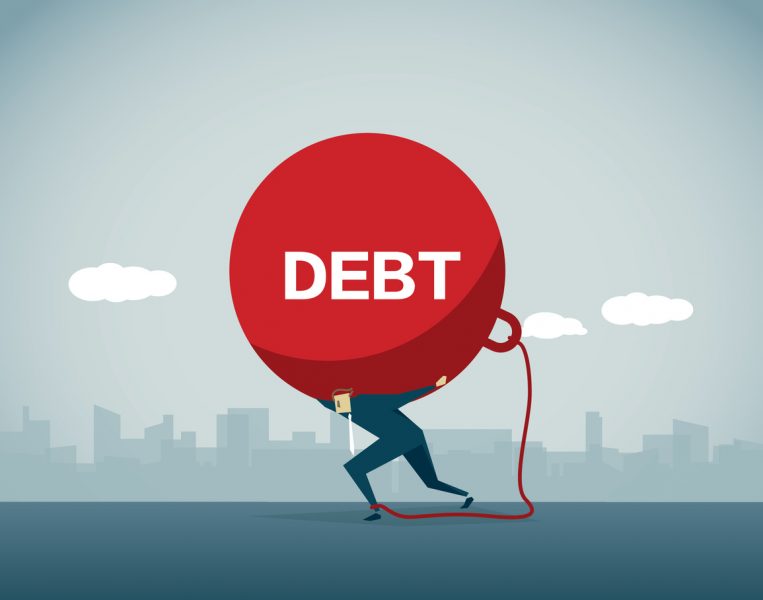
Why is India's overall debt a big concern? Expert analyses ahead of Budget

A few days before the Union Budget, an analysis by the Director of Madras School of Economics, Dr KR Shanmugam, has expressed concern about India having a high public debt-GDP ratio of 90 per cent (equivalent to the level in 2005). The Centre’s debt alone is 60.2 per cent.
Interest payment alone is 30 per cent of total revenues
Shanmugam says that the interest payment alone is about 30 per cent of the total revenues of our country. “The current level of debt of both the Centre and all states is unsustainable, which can negatively affect public investments, inflation, etc. What is further worrisome is the fact that this much of the debt is growth reducing,” said Shanmugam in his paper released to the media.

He said that all governments needed to bring down the debt to the sustainable threshold level which would induce growth and increase fiscal space for public investments in development and infrastructure projects.
“The Fiscal Responsibility and Budget Management (FRBM) Review Committee suggested a 60 per cent debt-GDP limit for the country (40 per cent for Centre and 20 per cent for all states) to be achieved in 2023. An analysis using the latest data till 2020-21 indicates about 62 per cent as a sustainable threshold level for India (40 per cent for Centre and 22 per cent for states),” said Shanmugam.
Also read: World Bank lowers India’s growth projection to 6.5% in FY 2022-23
According to the debt dynamic formula, the debt-GDP in a fiscal year depends on the fiscal deficit-GDP ratio, the previous year’s debt-GDP, and the nominal growth rate. One can use this to project/simulate debt-GDP in the future period by assuming fiscal deficit and growth.
Asked about the possible scenarios in the future, Shanmugam said while both the Centre and states decided on FRBM norm of a 3 per cent fiscal deficit, it was necessary for them to adhere to this norm. “Forecasts of many agencies indicate India’s GDP to grow at 7 per cent in 2022-23 and about 6 per cent in 2023-24. With inflation of 4 per cent, the nominal growth will be 10-11 per cent in the coming years. With 10 per cent nominal growth and 6 per cent fiscal deficit in the coming years, debt-GDP will continuously decline,” he said.
The 15th Finance Commission projected that the debt-GDP would reduce to 85.5 per cent in 2025-26. With 11 per cent growth, the threshold level would be reached in 2051-52. Even with 12 per cent growth, we will achieve the target in 2035-36 (i.e., after 13 years). This is too long a period.
Centre and States should avoid subsidies and freebies
Beyond 12 per cent growth is a difficult task as it is highly ambitious given the historical growth path. These scenarios suggest a strict fiscal deficit norm of 2 per cent for the Centre and 2 per cent for all states (i.e., 4 per cent for India). With 10 per cent nominal growth, we can attain the target in 2030-31; with 11 per cent, we can reach the target in 2028-29 and with 12 per cent, we can achieve the target in 2027-28 (i.e., within 5 years).
To contain expenditure, both the Centre and states should avoid unproductive subsidies and freebies. Only subsidies on merit goods are encouraged. One may argue that for welfare governments, freebies and unproductive subsidies cannot be avoided. That is true, but in order to bring down debt/fiscal deficit, it is necessary to curtail expenditure.
Governments should provide freebies and unproductive subsidies only if they show revenue surplus.

